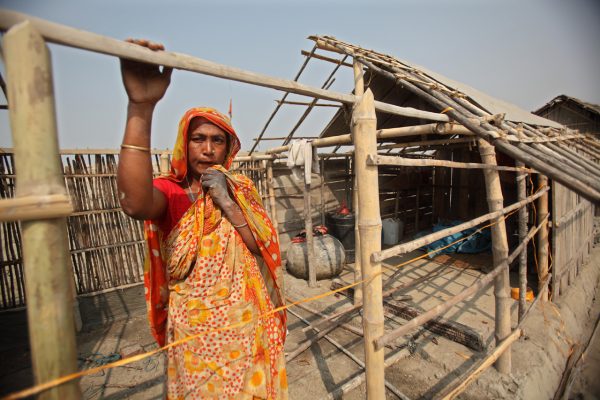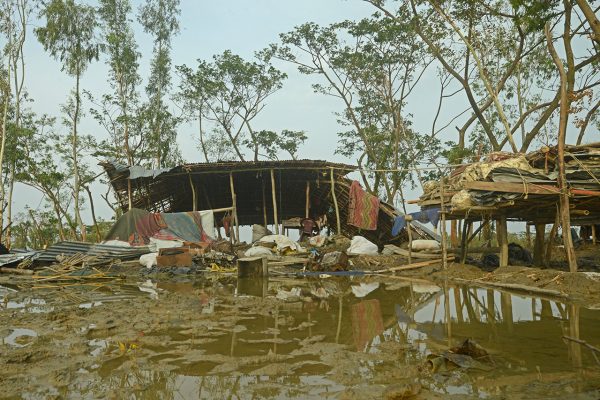Reading Time: 2 minutes
85% of schools in Bangladesh have at least one sanitation facility for students. Only half of them have a separate toilet for girls, with only 8% having a hand-washing station with soap and water.
This presents various challenges in terms of hygiene, privacy and security. More than 40% of girls end up missing school during menstruation.
Tahia Toushin, a secondary school student, shares the challenges she faced when her school did not have a separate toilet for girls. Her school is one of 110 schools that have received improved latrines and drinking water sources. We have also provided nearly 1.5 million girls with counselling on menstrual hygiene management.

Tahia Toushin, 15 years
Cox’s Bazar, Bangladesh
“I walked 2-3 kilometres from school every day for five years to use a washroom. The neighbours whose homes we would go to would get irritated. Kids would tease us as we stood in long lines outside the homes. I was always embarrassed. Everyone was. Every bathroom break was an ordeal. The boys would come too, making things more uncomfortable.
We got our first deep tube well in 2014. Our school is on a hill though, so it was still hard to access the water when we were at school. Finally, two years ago, a girls’ bathroom was built in the school. This changed everything. We no longer had to stand in line or go home dirty. We could wash up whenever we wanted. We did not have to carry water from home, which would warm up by the time we reached school.
I became part of the student brigade, along with six other classmates, and our job was to make sure that the bathroom was in functioning order. We changed soaps and kept the bathroom clean. Fewer and fewer girls miss school days now, and in general we are much much more excited about going to school. It now seems like a small thing to new students, but a washroom made the biggest difference for us.”
To read more of these stories, visit Annual Report 2017.





